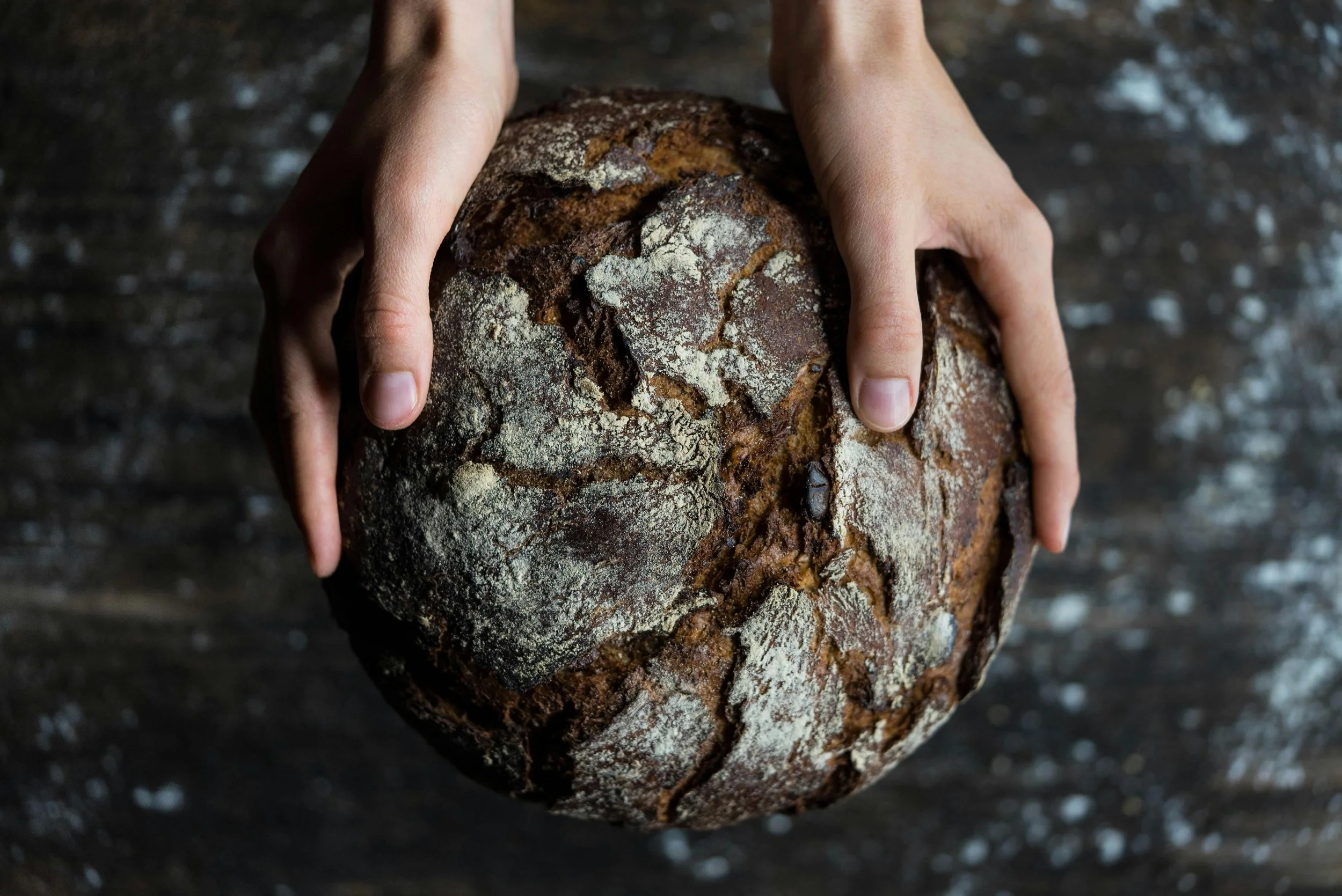A Tale Of Two Gardens
Genesis 3:17-19 “By the sweat of your brow you will eat your food until you return to the ground, since from it you were taken; for dust you are, and to dust you will return.”
On the sixth day of creation, man was formed from the dust of the ground, marking a significant moment in the biblical narrative. This sixth day is commonly referred to by theologians as “The day of Man” representing the creation of mankind. Adam, representing humanity, was created in the Garden of Eden, a paradise where he walked in direct fellowship with God. The day of his fall came through disobedience, as he ate from the forbidden tree, prompted by the serpent's deception. The consequence of his sin manifested itself in various ways, one of which was his struggle and toil (until he returned to the ground) associated with providing food for himself until he died. Interestingly enough, the root of the word “food” found in Genesis 3:19 is from the Hebrew word “lechem” which means “bread”. Consequently, this act of defiance shattered the intimate relationship he enjoyed with the Creator, introducing sin and suffering into the world. More importantly, we see within the curse of Adam’s fall, bread is inextricably linked to his death (return to the ground).
And most importantly, how did the night before Jesus’s death begin? It began at sundown with the Last Supper, which, if you recall was the sixth day (or “The day of Man”). The Last Supper or Feast of Unleavened Bread, is an important celebration in Judaism. It commemorates the Exodus from Egypt, marking the moment when the Israelites escaped slavery. Interestingly enough, as Jesus gathered with His disciples to observe the Passover on the sixth day, (the day before He was crucified), He took the bread and wine and proclaimed 19 …“This is my body given for you; do this in remembrance of me.”20 In the same way, after the supper He took the cup, saying, “This cup is the new covenant in my blood, which is poured out for you.” Luke 22:19-20. This act infused the symbol of the meal with new meaning. This signaled the pivotal role Jesus would play in the redemption of humanity while eating bread as He also faced death, which He would ultimately overcome. Much like the fall of Adam and the cursed ground and Adam’s ultimate death, by breaking and eating bread with his Disciples, the bread of the Passover was also linked to His impending crucifixion and death.
And where did Jesus go after the last supper? To the Garden of Gethsemane. And what did he do? He prayed and sweated (toiled) until drops of blood fell to the ground. More importantly, much like the fall of Adam we also see sweat, toil and the ground. And where did the fall of Adam take place? In a garden - The Garden of Eden. Moreover, the shedding of Jesus' blood on the ground in the Garden of Gethsemane serves as a poignant foreshadowing of His crucifixion. In this moment of profound anguish, Jesus grapples with the weight of humanity's sin and the impending suffering He is about to endure. His blood that falls to the earth symbolizes the imminent sacrifice He will make on the cross. This act in the garden represents not only a deep emotional and spiritual turmoil but also establishes a direct connection between His impending death and the redemption it brings, as His blood ultimately becomes the means of salvation for believers. Thus, Gethsemane is not merely a precursor to the crucifixion; it is an integral part of the unfolding narrative of sacrifice and grace in Christian Faith.
Prayerful Thought:
7 “But if we walk in the light, as He is in the light, we have fellowship with one another, and the blood of Jesus, his Son, purifies us from all sin.” 1 John 1:7
And Remember…….
“ We are not great because we haven’t failed, we are great because failure hasn’t stopped us!”
“May the peace and grace of the Lord always be with you” - Dr Lee

